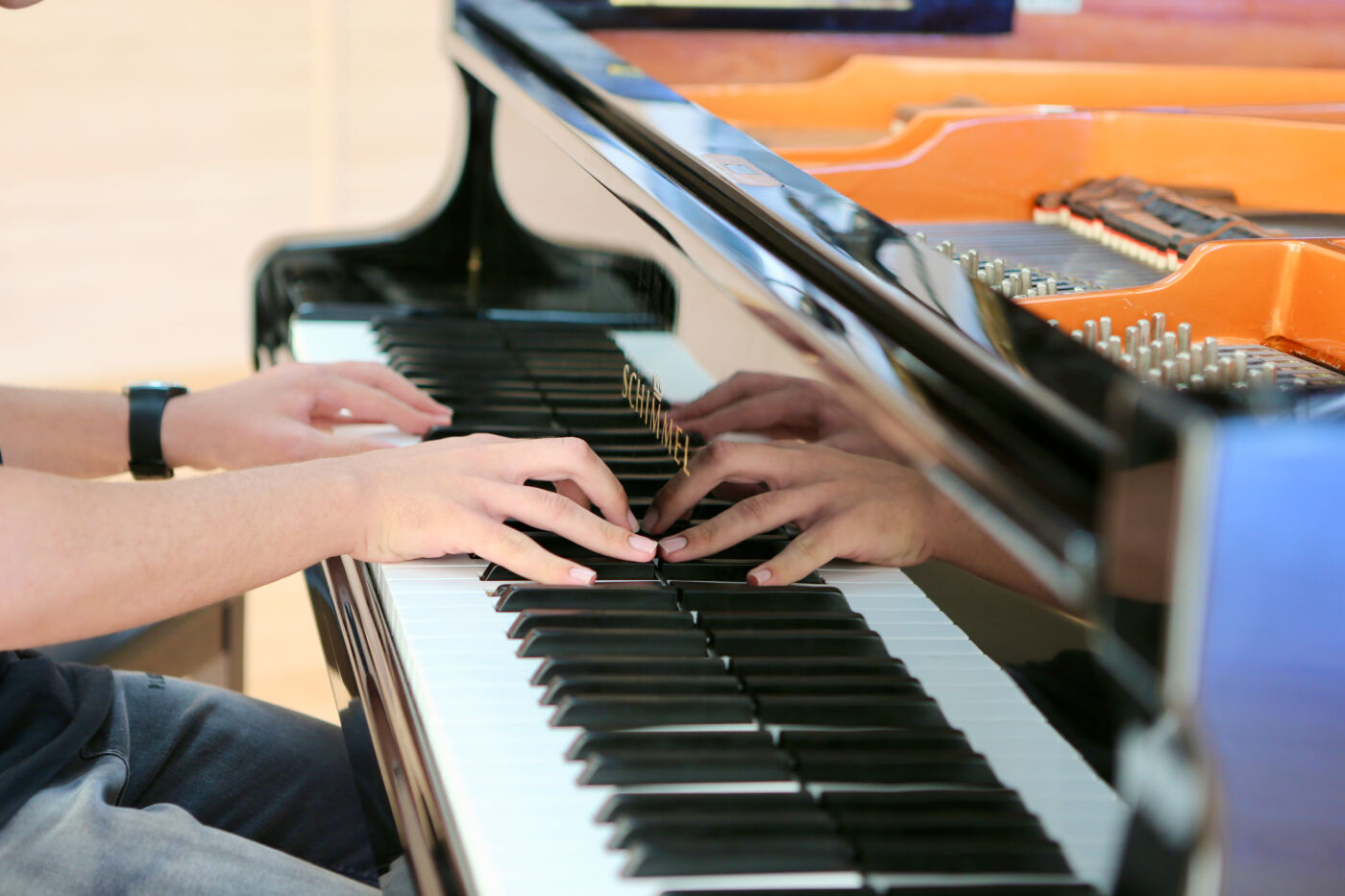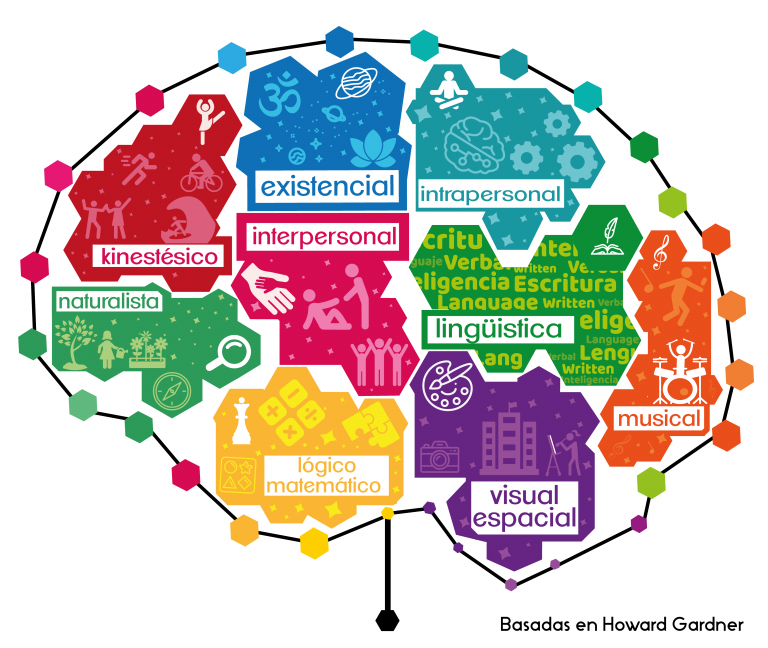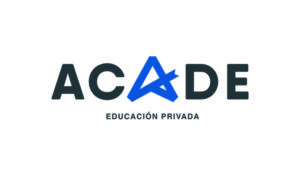Multiple Intelligences theory developed by Dr. Howard Gardner, psychologist, researcher and professor at Harvard University, winner of the Prince of Asturias Award in 2011, lays the foundations for a new educational challenge since it recognizes that the concept of intelligence may not be considered as a fixed and determined set of specific abilities that some people have and others do not, but rather understands that intelligence is a network of autonomous but interrelated abilities, each of them being evidenced through the different skills and talents that we show. For that reason, everyone is different, there are not intelligent and unintelligent people, but people with one type of more developed type of intelligence or another. (Theory of Multiple Intelligences, n.d.).
At ISP we offer students learning opportunities related to these intelligences, based on the aptitudes that each child has, with the intention of guiding them and helping them to develop those in which they excel and that in the future might be very useful to them, thus responding to an individualized and personalized education typical of a bilingual school with personalized instruction and a focus on high potential.
At first, Howard Gardner’s theory established eight types of intelligences. However, later on, other authors complemented the concept and added four more intelligences, so that nowadays it is established that there are twelve types of intelligence:





